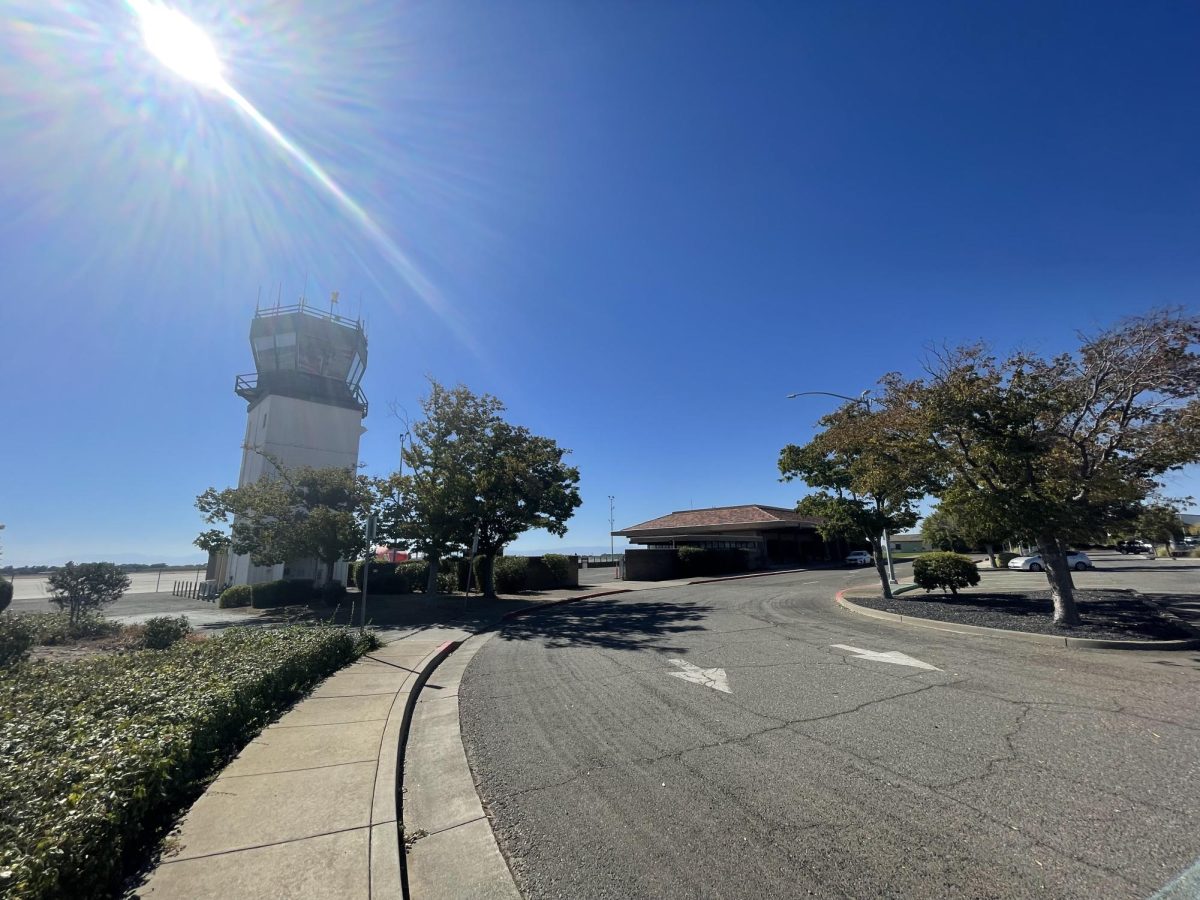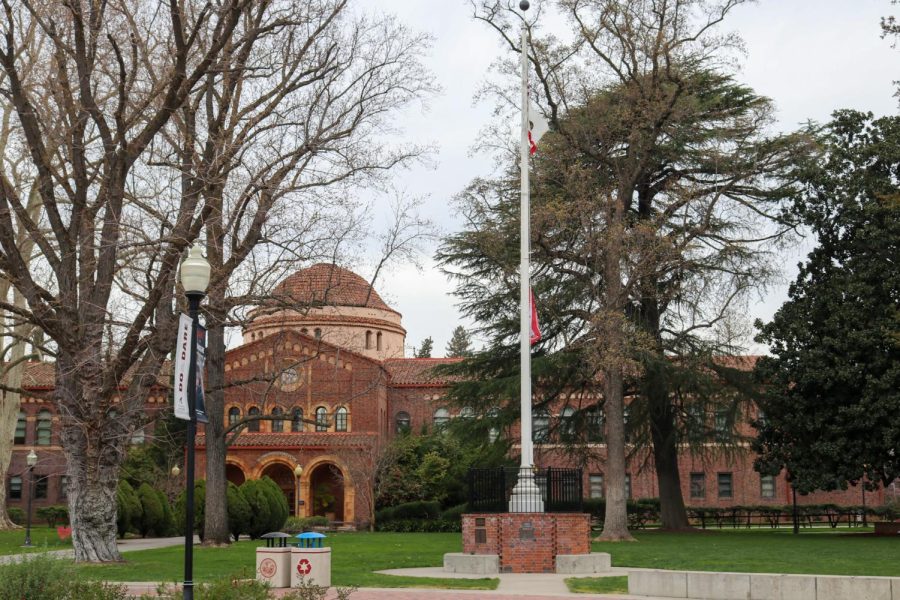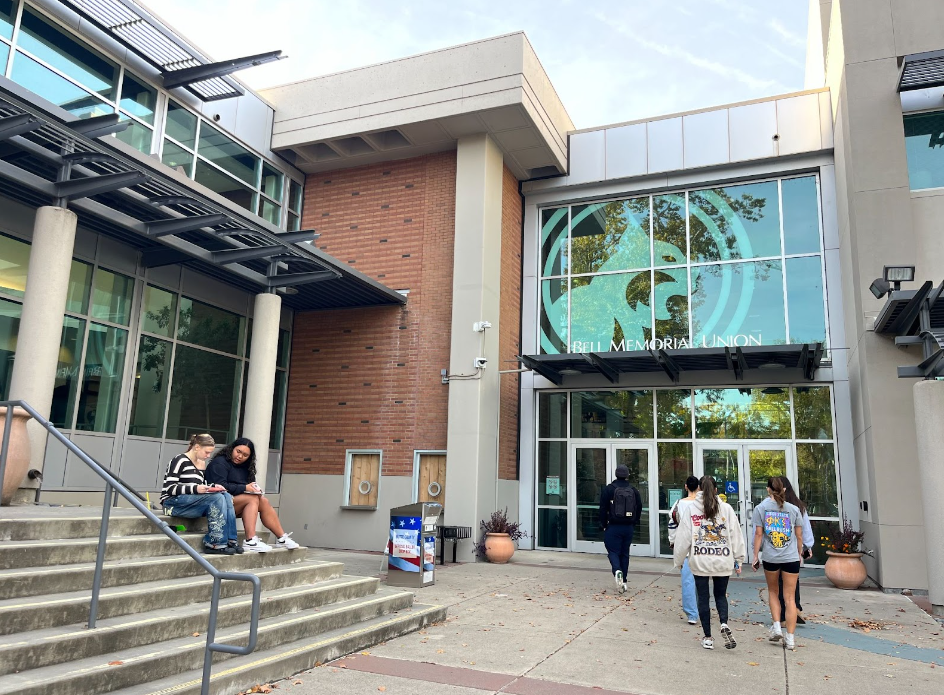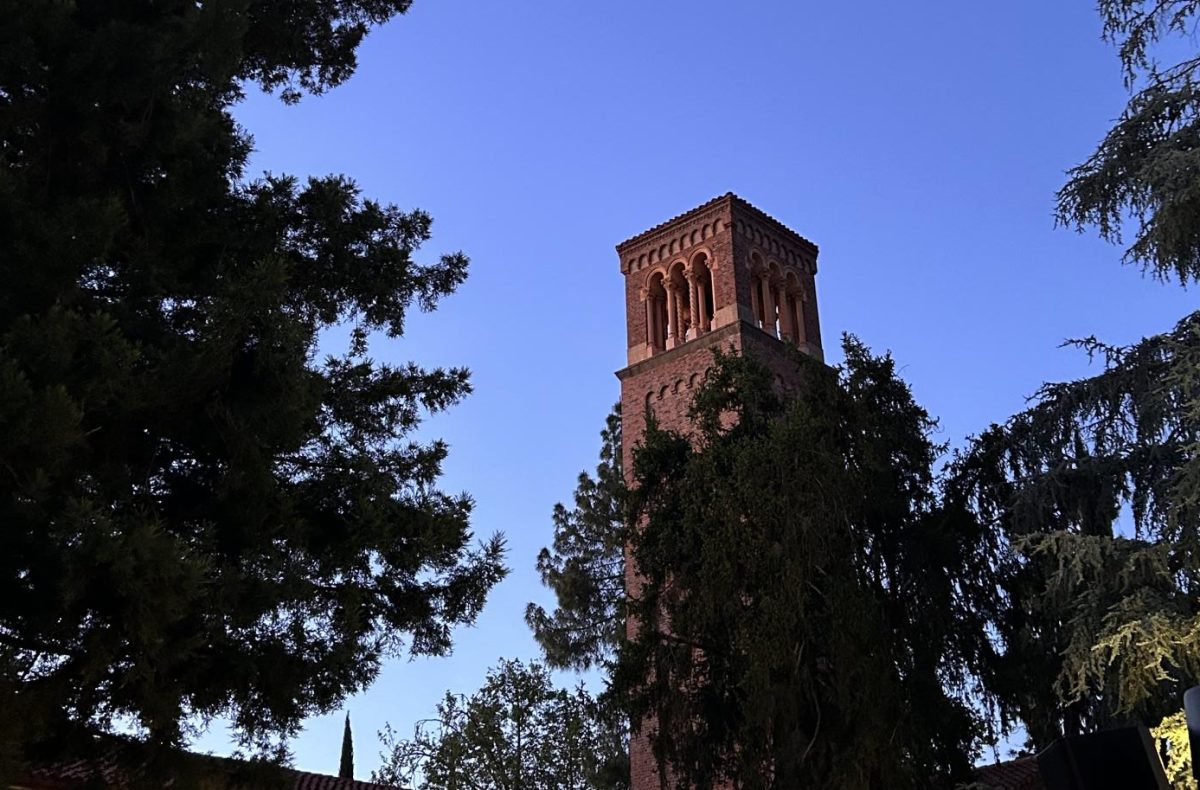Over the last several years, Chico Regional Airport and the City of Chico have been working to bring back flights to the region since losing its air service in 2014 by applying for two federal grants from the U.S. Department of Transportation and summoning financial support from the local community and businesses.
It is expected that air service could return to Chico as early as the start of the fall 2025 semester at Chico State, according to estimates published in the Small Community Air Service Development Program, SCASDP, application submitted by Chico Regional Airport, and current airport manager Tom Bahr in July.
Several other small airports that are struggling to maintain flights or attempting to bring back service have also applied for the SCASDP grant including Flagstaff Arizona, Elko Nevada, Provo Utah, Fairbanks Alaska and several more, filings from the U.S. General Services Administration docket state.
The city and the airport aimed to raise $1.5 million, and it was unclear how much of this goal had been achieved at the time of publication.
The grant, if awarded, would replace the one the city received in 2020, also from the DOT. This is a part of a Revenue Guarantee Fund, which is what both the grants and local support have been paying into and assists with incentivizing airlines in bringing flights back to Chico Regional Airport. The amount for the new grant is an additional $1 million.
That grant in 2020 was for $500,000, the City of Chico website states. The grant from the DOT is currently held by a local foundation, the North Valley Community Foundation, and has not been used, according to available documentation of the funds.
Beyond the grant that has come from the DOT, local businesses have also been a big part of raising funds required to bring flights back to Chico,the City of Chico website states.
Chico Regional Airport is fully certified as a Part 139 airport by the Federal Aviation Administration to accommodate a “wide range of operations” including heavy aircraft maintenance, air cargo, passenger flights, corporate and general aviation flights,” the City of Chico website states.
Since 2014 the airport has been used as a recreational airstrip, the Butte County CAL FIRE base for air tankers and a cargo hub for FedEx.
In the case flights do return they would operate two-times daily to Los Angeles International Airport, according to early estimates published as a part of a study with InterVISTAS, a airport and mobility consulting firm based in Canada.
Other routes that were considered were Chico to Burbank, Las Vegas and Seattle. Each of the airlines that were considered for these routes were presented with the findings, the SCASDP filing states.
In one letter presented with the grant documents, Skywest noted that the grant would be required in order for them to bring back service to Chico’s airport.
“Skywest is not able to launch a Chico – Los Angeles Area route without both community financial support and the support of a SCASDP award,” Daniel Belmont, director of market development for Skywest, wrote in a June letter to the DOT in support of the grant. “Small markets particularly without current flown air service data like Chico present a high risk.”
What the funds are for?
The SCASDP states “Chico State ranks last in air service availability among 23 other California State University campuses.” The closest hub airport is Sacramento, which is 90 miles away.
Redding is closer at 65 miles, but recently their regional airport lost Avelo Airlines service to Hollywood Burbank Airport, over both a change in management for Redding’s ground services and a shift in the business strategy of the airline, according to a City of Redding news release in late August.
Despite the loss of Avelo, Redding Regional Airport still has direct flights to and from Los Angeles International Airport and San Francisco International Airport with carriers SkyWest and United, FlightAware, a flight tracking website, states.
In addition to financial support for airlines after the first year, the incentive package also includes airport fee waivers for landing fees and other essential operational costs that will not be charged to airlines returning to Chico, according to the City of Chico website.
Once the new grant is awarded it is estimated that it would be within seven months before Chico officially resumes commercial flights, according to the SCASDP filing.
Those plans include marketing the flights to the community, meeting with the target airlines to discuss details of an incentive package and several other steps. However, the award would not be dispersed to the airline until a full year of service has been completed, according to a post-grant timeline filed with the DOT.
Support for flights to return
Two local politicians Rep. Doug LaMalfa, State Senator Brian Dahle, Chico State President Steve Perez and the Chairman of the Mechoopda Indian Tribe Dennis Ramirez shared letters of support to the DOT which were shared in the SCASDP filing for the resumption of flights to Chico Regional Airport and the awarding of the grant. All of them emphasize the economic importance of having flights resume to Chico and the North State region.
“The lack of air service at CIC [Chico Regional Airport] is forcing our residents to drive on congested, dangerous, and delay-prone highways to air service in the Bay Area or Sacramento. This greatly increases travel time and costs for our residents and businesses,” LaMalfa wrote in an April 2023 letter.
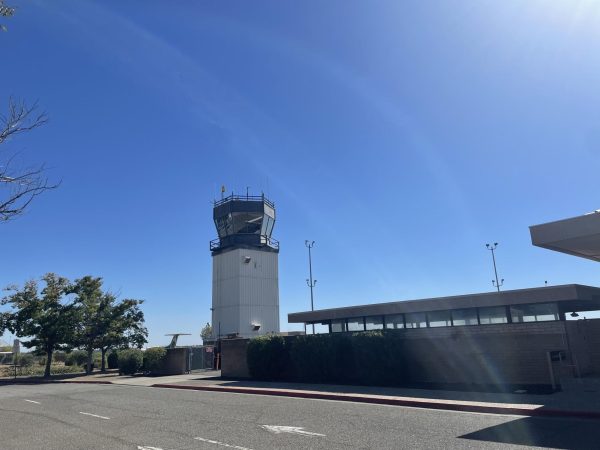
Perez also endorsed the grant application and stated why flights would benefit Chico State’s enrollment ventures and business as an institution.
“On behalf of Chico State, we enthusiastically support the return of air service to Chico and appreciate the U.S. Department of Transportation’s interest in working with our community to provide this grant,” Perez said in a letter written to the DOT in July.
Chico State Public Relations Manager Andrew Staples stated in an email that the school is in support of the resumption of flight efforts “and would love to see direct flights to LAX,” adding that 16% of the student body at Chico State comes from the greater LA metro area.
The back story and what has been done since 2014
Chico had its last flight leave on Dec. 2, 2014 after SkyWest, a regional air carrier, announced its plans to end service in September 2014.
In a letter from Public Works Director Erik Gustafson to the City Council of Chico in October 2019, they cited several reasons for the cessation of airline operations to Chico Regional Airport.
“Service to SFO was unreliable at times due to weather and congestion constraints at SFO terminals,” Gustafson wrote. “The Nation was reeling from the 2008 global economic crisis and Northern California seemed to experience a delayed recovery. A national pilot shortage also affected the airline industry causing smaller regional flights to be consolidated and priority given to larger more profitable hubs.”

(Seamus Bozeman)
In early 2021, Chico Regional Airport was granted a large portion of the $6.6 million by the Federal Aviation Administration as a part of the Airport Improvement Program to repair and renovate a taxiway. These are part of wider efforts to incentivize airlines to return to Chico, according to a JetChico news release at the time.
Additional upgrades would need to take place before the airport opens up for commercial air travel again including renovations to the parking area, the terminal and a new Transportation Security Administration checkpoint, according to former Airport Manager Rod Dinger in 2021.
It is unclear if any of these renovations have been completed or when these upgrades would take place once the new grant is successfully secured.
Air travel has struggled in rural areas; are airlines able to return?
Chico is not alone in losing its air service, or facing significant challenges to bring it back. Several other regional airports have either completely lost their service or seen significant reductions in the amount of flights.
In California from January 2020 to January of this year, the state has lost 15.4% of its air service, according to the Regional Airline Association. This has hit smaller airports particularly hard, making bringing routes back and maintaining routes to rural communities a significant challenge.
Another major challenge is the pilot shortage that has grown rapidly since 2013, when a law was passed to raise the number from 250 hours to 1,500 hours before becoming able to operate a passenger or cargo plane.
But new legislation including the FAA Reauthorization Act of 2024 has specific workforce provisions, the establishment of outreach programs and several other measures to reduce some of the barriers facing airlines and pilot hiring, according to Natasha Marquez, the communications director of the RAA in an email.
These shortages have trickled down to regional carriers as many start their careers on shorter routes and connections to smaller hubs. Following the pandemic the larger carriers had an extreme need for pilots. In turn, regional carriers saw drastic reductions in the number of pilots and coverage, which amounted to a 27 percent decrease in passengers in 2023 compared to 2019, Marquez stated.
Other legislation that is being supported by the RAA including increasing student loans amounts for flight training, reducing regulatory barriers and other measures to “increase access to career training while producing safer and more proficient pilots,” Marquez said.
Seamus Bozeman can be reached at [email protected] or [email protected]





